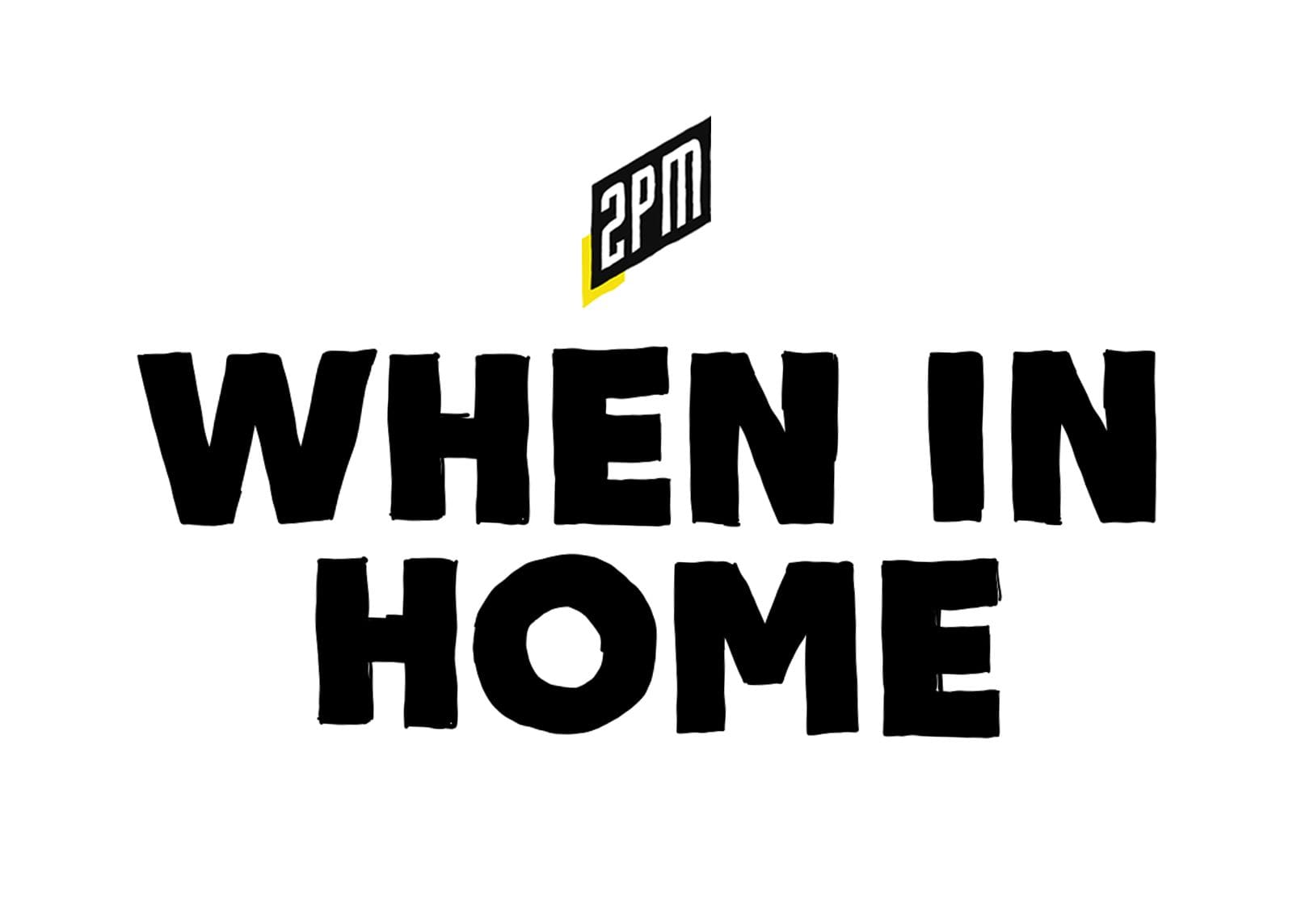
私たちの間での議論はゆっくりとしたもので、答えは一つ一つ丁寧なものでした。"不要な待ち時間 "という概念を機転を利かせて説明するのは難しい。
常に待ち時間があります。
Modern Retail社の編集者であるCale Weissman氏は、私たちEコマース関係者のブラックな視点を知りたがっていました。私は彼に多くの答えを出せませんでした。私は、デジタル業界に根強く残る不満を覆い隠そうとしながら、回答を控えめにしました。あるとき、ワイズマンは、消費者直販の分野でベンチャー企業を立ち上げた人たちのリストを求めました。もちろん、当たり前の答えが返ってきた。トリスタン・ウォーカーは舌を巻く。しかし、私はその場で斬新な反応をすることができず、それを恥じました。この分野では、黒人のプロフェッショナルが非常に少ないのです。大多数の幹部候補、創業者、投資家にとって、彼らはまだ待っているのです。
June(6月)とnineteenth(19日)の語呂合わせで、Target、Nike、Glossier、Deliem、Ford Motors、Adobe、Allstate、Altria、Best Buy、Google、JPMorgan、Lyft、Mastercard、Postmates、Tesla、SpaceX、RXBar、Spotify、Twitter、Square、Workday、Uberなど、数え切れないほどの企業がJuneteenthを祝っています。そのほとんどは無駄に終わり、一部の取り組みは広く非難されることになるでしょう。
Dino-Ray "96,000" RamosさんのTwitterです。".@Snapchatが#Juneteenthフィルターについて声明を出しました... pic.twitter.com/KWPZnlWG3n / Twitter"
@Snapchatが#Juneteenthフィルターについて声明を発表しました... pic.twitter.com/KWPZnlWG3n
ブランドや人々、メディアのコメンテーターが的外れな発言をしているのを目の当たりにします。アメリカの歴史上の複雑な時代を単純化しすぎていることがわかります。私たちの曾孫が現代を単純化しすぎていることを想像してみてください。
私たちの中には、Juneteenthがお祭りのようなものでしかなかった人もいます。生涯をかけて何かを求め、その何かを得るためにさらに2年半待つことを想像してみてください。それはほろ苦いお祝いです。しかし、テキサス州南部の強靭な精神を持つ人々の子孫である私たちにとって、今日は彼らの肉体的、精神的、感情的な回復力を毎年思い起こさせる日です。私たちが受け継いできた耐久力、意志、そして機知を思い起こさせてくれます。常に待ち時間があります。さて、ジュニーン祭ですが、確かにお祭りですね。国民の祝日ですか?もちろんです。しかし、アメリカの都市の教室やオフィス、あるいは近所の限られた場所では、ジュニーン祭は、まだ残っている待ち時間について考える日にすべきです。
奴隷の孫、私にとってのおばあちゃん
ドロシー・スミスの本棚には、孫の初めての作文が残っていた。それは、メジャーリーグで初めて色の壁を越えた男、ジャック・ルーズベルト・ロビンソンの波乱に満ちた人生を小学校で再現したものだった。1992年、私は学校の課題で初めてカラープリンターを使ったからである。9歳の私にも感動を与えてくれた彼のベースボールカードの画像をフックにした誇りを思い出します。8ページのレポートは、サイズ18のフォントでダブルスペースで書かれていました。なぜか彼女はそのエッセイを誇りに思っていて、2014年4月に彼女が亡くなるまで、そのエッセイは彼女の家にあった。彼女は、文章の調子や言葉の選び方を批評していました。当時の私は吃音がひどかったので、声に出して読むときはゆっくり読むようにと言われました。彼女との会話のおかげで、その悩みが解消されたのです。
1992年から2014年にかけて、彼女はいくつものエッセイを手伝ってくれました。彼女が年を取って能力が落ちてくると、私が書いた物語のナレーションを聞いてくれるようになりました。しかし、私の人生の初期には、彼女は実際に私が書くのを手伝ってくれていました。高学歴の彼女は私のヒーローでした。このエッセイを読み終える頃には、彼女はあなたのヒーローになっているかもしれません。そのうちの1つは、中学1年生のときに書いた、ジュネーテンスが私の家族に与えた影響についてのレポートでした。私は彼女の意見を決して忘れません。
自由のメッセージはここまで届かなかったので、彼らはもう少し待たなければならなかった。常に待ち時間がありました。いつも待ち時間があります。
リンカーン大統領は、1862年9月22日に「宣言95号」を起草しました。この布告を聞いて、それが自分を救ってくれるのを待つことを想像してみてください。5ヶ月後の1863年1月1日に発効しました。自由になるまでの日数を数えてみてください。ある人にとっては、そのカウントははるかに長いものでした。その人たちにとっては、自由は、経済的にも政治的にも連邦政府の秩序を軽蔑することで隠されていたのです。私の親戚がこのニュースを耳にするのは、さらに2年後のことでした。
奴隷制度を擁護する者は皆、新憲法によって黒人に約束された自由が吹き飛ばされ、粉砕されるのを見たいと当然思っている。
1864年、エイブラハム・リンカーンは、紙の上では味方だが、プライベートでは批判的な北軍のスティーブン・ハーバート将軍にそう言った。命令後も、大統領の希望を叶えるために必要な行動を避ける州が続出した。ドロシー・スミスによると、テキサスの人々は、自由を命じられたことを、自由を得るよりもずっと前から知っていたそうです。彼らにとって、それは苦痛に満ちた待ち時間だった。"There's always a wait "という強調の言葉が忘れられない。これはドロシー・スミスの言葉である。彼女は労働者と小作人の子供だった。彼女は起業家であり、小売業者であり、不動産業者であり、6人の大卒者の母親でもありました。ドロシーは、テキサスの奴隷の孫であり、私の祖母でもある。
彼女の祖父母は、1858年と1853年生まれである。デイブとサリー・ドレイパー・ヒルは、テキサスとルイジアナの境界にある小さな町パノラで奴隷として生まれた。彼らは、1865年6月19日にテキサス州ガルベストンの命令によって解放された最後のアメリカ人奴隷の一人であった。二人はその後、1881年に結婚します。1900年の国勢調査によると、彼らは12人の子供をもうけました。私の曾祖母は1895年に生まれました。彼女は後に独立した農家となり、牛、豚、鶏を育てました。野菜を育てて売り、敷地内の果樹園の手入れもしていました。彼女の娘は1944年にジェームズ・スミスと結婚し、陸軍航空隊の退役軍人と1年違いで亡くなるまで結婚生活を続けた。
私はいつも、私の家族の昔の世代が本当のチャンスを得ていたらどうしただろうかと考えます。彼らには能力があり、可能性があり、それを待っているように見えました。ドロシーは、自分の手で問題を解決した人物です。彼女は、資本主義、教育の追求、政治、主張、そして6人の子どもたちに与えられた機会に反抗的でした。彼女は、「ジュネーテンス」という行事に憤りを感じていました。それは、怠慢と欺瞞、機会の停滞を表していました。それは、充実した人生を送るための機会を不必要に待つことを体現していました。
彼女は待つのをやめた。
突発的な小売店
彼女はわずかな貯金を元手に、2つのビジネスを並行して立ち上げました。2つの会社は同じストリップモール内にあり、何十年にもわたって互いのビジネスを支え合ってきました。理容師と不動産業者の資格を持つ「メロディ」は、彼女の名刺代わりとなった。1950年代半ばには、この理髪店はかなりのキャッシュフローを生み出し、スタッフを雇ったり、基本的な卸売り業者と提携したりすることができました。彼女の店舗は、美容用品の小売店としても機能し、他に買い物をする場所がない顧客にサービスを提供することで、彼女の収益を増大させました。これは、どこかで見たような戦略です。彼女の顧客は、労働者階級と上昇志向の強い人々で、この傾向は公民権運動の時代にも続いていました。
多くの人が、ヒューストンのダウンタウンの北東部エリアに家を買うことになる。メロディー・リアルティは、彼らの案内人の1人となる。第5区は、黒人が政治的、社会的な迫害を受けずに家を買えるエリアだった。豊かさに関係なく、この街の富裕層は、最初は法的に、次には代理人によって、行動を制限されたままだった。テキサス・インスツルメンツ社のエンジニアと客室乗務員の間に生まれた中流階級の息子である私は、その後、1983年に同じ荒廃した地域で生まれました。30年経っても、市の証書規制は残ったままだった。常に待ち時間がある。

ドロシーは後に、その地域で好まれる不動産業者の一人となる。このように、彼女の店舗はファネルのように機能していた。彼女のメロディーブランドのビジネスは、短期的なキャッシュフローと長期的なウィンドフォールを融合させたものだった。それが、私たち家族の軌道を変えた。陸軍航空隊出身のジェームズとドロシーは、1960年代から1970年代にかけて、6人の子どもたちをアメリカ国内の大学に進学させた。全員が卒業し、5人が子供を産みました。私たちが生まれた頃には、大学進学は後回しにされていました。私たちにとっては、もうひとつの仕事に過ぎなかったのです。起業も同様である。
ドロシーは、自分の子供たちに厳しい方針を示しました。私の父とその兄弟は、高校在学中に理容師の免許を取得しなければなりませんでした。このような経済的自立の意識が、多くの子供たちをビジネス、宗教、医療の分野でインパクトのある人生へと導いていったのです。現在、ヒューストンではメロディー・リアルティ社が営業を続けていますが、これは彼女の功績を証明するものです。
結論待ち時間の解消
私が生まれる頃には、彼女はライス大学の授業を終えていました。彼女は私たちの生活の中に常に存在し、犠牲を払うことの重要性を説いていました。ドロシー・スミスの人生は、私の人生に大きな影響を与えました。我が家では、ドロシーはスーパーヒーローのような存在です。一つのことを成し遂げるために生まれてきたのに、それ以上のことを成し遂げることを選んだことを想像してみてください。彼女は、アメリカが選挙権を与える前に、6人の子供を学校に通わせていました。選挙権法が成立したとき、私の父は13歳でした。常に待ち時間がある。
ドロシーがジュネーテンスに違和感を覚えたのは、ジュネーテンスが不必要な待ち時間の重さを象徴していたからです。これと同じ考え方は、私たちの世代を含め、世代を超えて適用することができます。ドロシーは、自分が特別な存在ではないと主張するでしょう。ドロシーが持っていた自由を使って、彼女の両親が何をしていたか想像してみてください。もしドロシーが私の生きている間に生まれていたら、ドロシー・スミスが私たちの業界のトップに立つ姿を想像することができます。
アメリカにおける上昇志向の物語は、待ったなしのものである。1800年代には、自由を求めていました。1900年代前半には、市民権の尊厳を待っていました。1900年代後半には、法的な平等を求めていました。そして今日では、待遇や機会の平等を求めています。私たちは今もなお、「待つ」ということわざの時代にいるのです。
今日は、逆境を乗り越えたことを祝う日です。楽しい思い出にするつもりはありません。私は、ジュンテンドーを全く祝わない方が良かったと思っています。サリーとデイブ・ヒルもきっと同意したことでしょう。機会に恵まれていると、それがない一瞬一瞬が10年分のように感じられます。では、2年間待ったときの気持ちを想像してみてください。畑仕事をする人の娘であるサリー・ヒルは、一世代前の黒人プロフェッショナルを生み出しました。彼女の人生は、時間を曲げる力となりました。1950年代、1960年代には、もっと多くのドロシーがいたはずです。彼女の子供たちももっといるべきです。私たちは、不必要な待ち時間は、機会が全くないのと同じくらい危険であることを認識しなければなりません。
今日、そしてこれからの毎日、私たちは時間を曲げるために努力することを願っています。アメリカの例外性を定義する産業のリーダーは、アメリカを反映すべきです。機会を提供し、役員室を満員にし、最高の人材を雇用し、回復力のある起業家に投資し、指導し、導き、構築し、向上させ、一部のアメリカ人が当たり前のように享受している自由を提供するべきである。
私たちが知っている以上のドロシーがいて、そのうちの何人かは待っているのです。ワイズマンの質問と私の答えの間の45秒間は、私と同じようにワイズマンを不安にさせたことでしょう。もっと良い世界であれば、私は彼の質問に簡単に答えていたでしょう。私たちは、自分自身の不要な「待ち時間」を特定することが重要です。そして、その待ち時間をチャンスで終わらせることが、私たちの責任なのです。それは、世代の流れを変えることができる、たった一つの小さな変化なのです。
エッセイドロシーの孫|編集部:ヒラリー・ミルンズ|アートアレックス・レミー|概要





